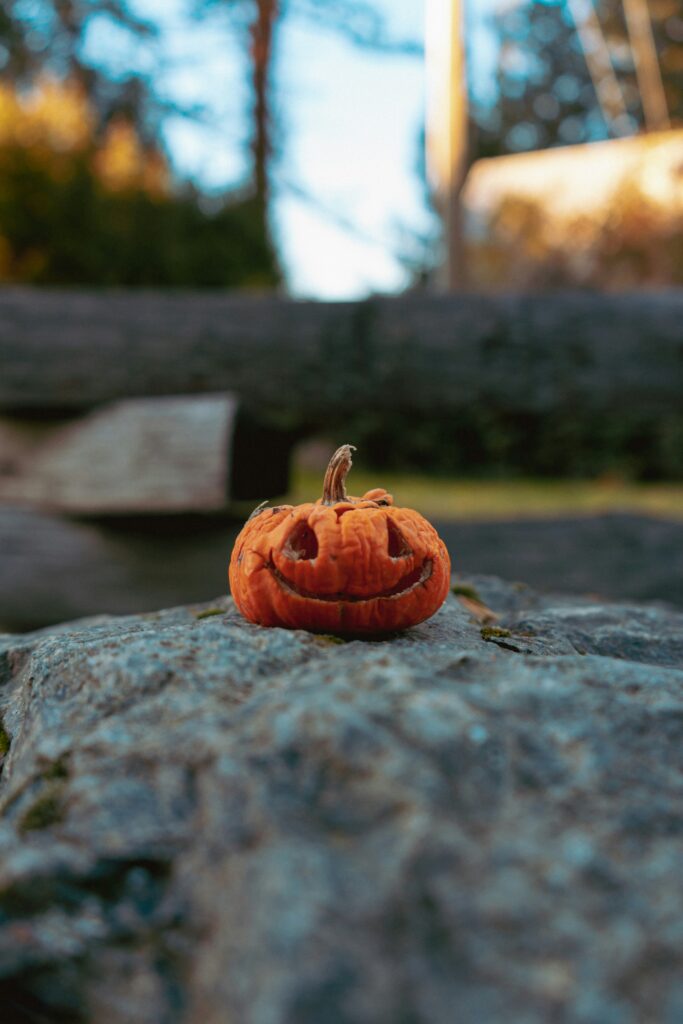Ancient Celts celebrated Samhain, which translates to “summer’s end” in Gaelic, more than 2,000 years ago in regions that are today northern France, the United Kingdom, and Ireland. It was the beginning of winter and the end of the harvest.
Feralia in late October was a day to honor the dead, while Pomona honored the goddess of fruit and trees.
Following the Roman conquest of Celtic territory, these celebrations were combined into a single celebration. All of the customs, rituals, and core beliefs of Samhain and Pomona were combined into one. The festival for Pomona and her symbol, the apple, likely influenced the tradition of bobbing for apples. Then, with the eventual Christian influence and the advent of All Saints Day (November 1) and All Hallows’ Eve (October 31), Halloween as we know it today came into being.
One of the most widespread notions surrounding Samhain and Pomona was that the line between the living and the dead temporarily blurred. Therefore, on October 31st, ghosts roamed the Earth, and people lived in fear of their trickery.
Pumpkins were not used to make the first jack-o-lanterns. In the past, potatoes and beets were also prevalent in ancient Ireland, but turnips were the preferred root vegetable. On the night of Samhain, these eerie veggies fended off evil spirits by being sanctified and lit by candles. Only much later, in the early 1800s, did people begin to substitute pumpkins. During the harvest season, they produced more and were simpler to slice.
As for the name “jack-o’-lantern,” some people think it comes from the British phrase, “Jack with the lantern,” referring to a night watchman.
Some people would go so far as to dress up for the occasion. Costumes, originally constructed from local resources like animal skins and other materials, became the main line of defense against ghosts and possession.
People also believed that persons with supernatural talents, such as mediums and fortune-tellers, were at their most potent during this time since they thought this barrier was flimsy.
To divert the attention of neighborhood children and end their mischievous behavior, many people supplied sweets. Trick-or-treating swiftly developed into a game that kept kids occupied and away from mischief on Halloween
However, despite the numerous modifications to these activities, there are still numerous parallels to the customs of the past. Jack-o-lanterns still protect the exteriors of homes while costumed individuals stroll the streets. Who is to say, then, that there are no ghosts?
Photo by Nicole Logan on Unsplash

